Welcome to the Outfit Style Guide‚ your ultimate resource for creating cohesive‚ stylish looks. Discover tips for elevating your wardrobe‚ understanding personal style‚ and making fashion effortless.
Importance of Personal Style
Personal style is a reflection of your identity and confidence. It helps you stand out while making fashion choices feel effortless. Understanding your style ensures consistency in your wardrobe‚ saving time and reducing decision fatigue. A well-defined personal style also enhances self-expression‚ allowing you to communicate who you are without words. Investing in quality pieces that align with your aesthetic ensures a timeless‚ cohesive look. This guide will help you uncover and refine your unique style for a wardrobe that truly represents you.
Objective of the Guide
This guide aims to empower you with practical tools to enhance your wardrobe and refine your personal style. By exploring essential elements like color palettes‚ fit‚ and accessories‚ you’ll learn to create cohesive outfits effortlessly. The objective is to help you build a versatile wardrobe‚ make smart purchases‚ and develop a confident‚ authentic style that reflects your individuality. Whether you’re starting fresh or refining your look‚ this guide will inspire you to achieve a polished‚ timeless aesthetic tailored to your lifestyle and preferences.
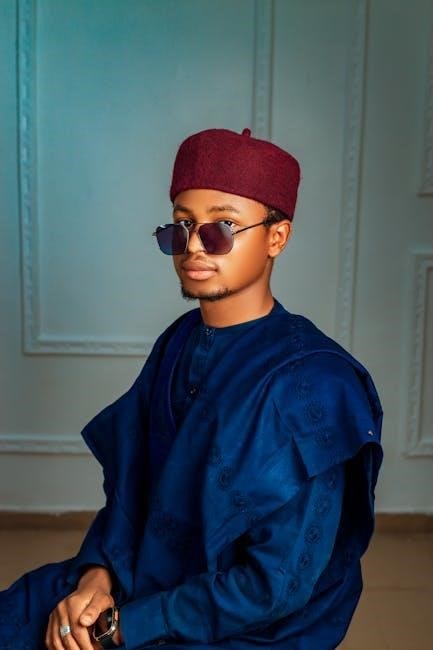
Understanding Your Personal Style
Discover how to identify your unique aesthetic by analyzing core elements like color palettes‚ fit‚ and fabric. Learn to reflect your personality through thoughtful wardrobe choices and accessories that align with your lifestyle and preferences‚ creating a look that truly represents who you are.
Identifying Core Elements of Your Wardrobe
Start by evaluating your favorite pieces to determine what makes them stand out. Consider the colors‚ fabrics‚ and silhouettes that consistently appeal to you. Analyze your go-to outfits to identify common themes‚ such as a preference for tailored fits or soft textures. This process helps you pinpoint the foundational elements that define your personal style‚ ensuring your wardrobe remains cohesive and reflective of your aesthetic. Use these insights to guide future purchases and create a balanced‚ functional collection.
How to Determine Your Color Palette
Start by identifying the colors you naturally gravitate toward in your wardrobe. Consider neutrals like black‚ white‚ and beige as a foundation. Add a statement color that reflects your personality‚ such as bold red or soft pastels. Use the 80/20 rule: 80% of your wardrobe in neutrals and 20% in accents. Test colors against your skin tone and lifestyle to ensure they complement you. This approach creates a harmonious and versatile color scheme for your outfits.
The Role of Fit and Fabric in Outfit Creation
Fabric and fit are essential in creating polished outfits. Opt for high-quality fabrics like cotton‚ wool‚ or silk for a luxurious feel‚ while synthetic blends offer durability. Tailored pieces ensure a flattering silhouette‚ balancing comfort and structure. Looser fits can add relaxed charm‚ but avoid overly baggy styles. Pairing the right fabric with the right fit enhances both functionality and aesthetics‚ ensuring outfits look intentional and cohesive. Always prioritize materials that suit your lifestyle and personal style for timeless appeal.
Accessorizing to Elevate Your Look
Accessorizing is a powerful way to transform an outfit from basic to brilliant. Start with timeless pieces like a classic watch or elegant necklace for versatility. Add personality with hats‚ scarves‚ or belts to define your waist. Layer jewelry for depth‚ pairing bold statement pieces with simpler styles. Shoes and bags can tie a look together‚ ensuring cohesion. Remember‚ accessorizing should enhance‚ not overwhelm—balance is key to creating polished‚ intentional outfits that reflect your personal style and elevate your overall aesthetic.
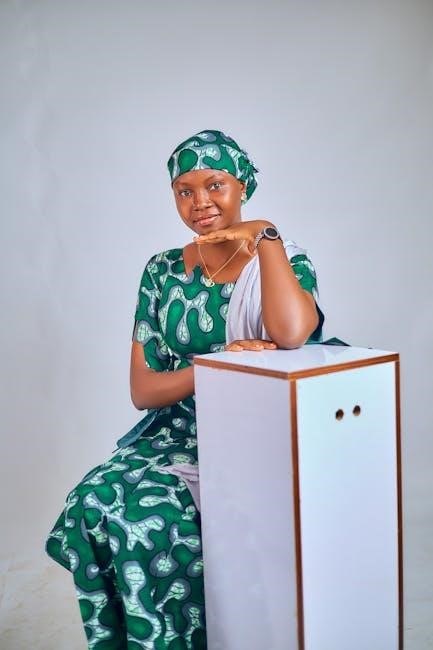
Essential Wardrobe Items
A well-rounded wardrobe starts with timeless pieces like a classic white shirt‚ well-fitted blazer‚ and versatile jeans. Invest in a little black dress‚ comfortable shoes‚ and a timeless coat for versatility. These essentials form the foundation of any outfit‚ allowing you to mix and match for endless style possibilities while maintaining practicality;
Timeless Pieces Every Wardrobe Should Have
A classic white shirt‚ tailored blazer‚ and high-quality denim jeans are wardrobe staples that never go out of style. A little black dress‚ leather jacket‚ and comfortable yet stylish footwear are also must-haves. These pieces provide versatility‚ allowing you to create multiple outfits for various occasions. Investing in well-fitting‚ high-quality items ensures they remain relevant for years. They form the foundation of a cohesive wardrobe‚ making mixing and matching effortless and timeless. A good tailor can also elevate these basics to perfection.
How to Invest in Quality Over Quantity
Focus on purchasing fewer‚ high-quality items that align with your personal style and needs. Look for well-crafted pieces with timeless appeal‚ such as tailored blazers or classic coats. Avoid fast fashion and opt for durable fabrics and construction. Research brands known for their craftsmanship and consider the cost per wear to justify investments. Building a wardrobe with quality over quantity ensures longevity and reduces decision fatigue‚ helping you create stylish outfits effortlessly.
Building a Capsule Wardrobe
A capsule wardrobe is a curated collection of essential pieces that can be mixed and matched to create multiple outfits. Start by identifying versatile items like classic shirts‚ tailored trousers‚ and timeless coats. Focus on a neutral color palette with a few statement pieces for variety. Ensure every item fits well and aligns with your personal style. By paring down to the basics‚ you can simplify your daily routine and create cohesive looks for any occasion‚ reducing decision fatigue and enhancing your overall style.
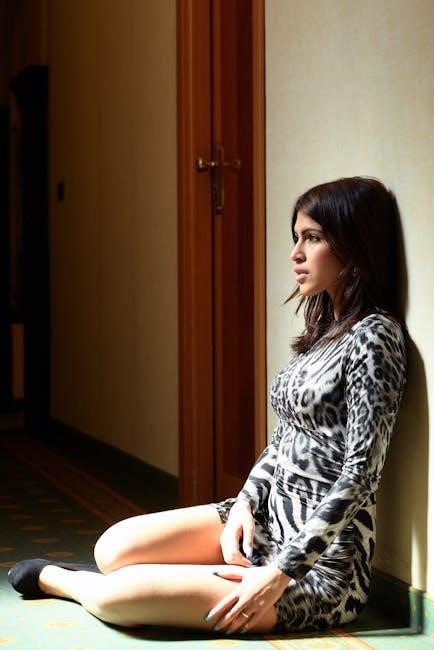
Dressing for Different Occasions
Adapt your wardrobe to suit every event‚ from professional meetings to casual gatherings. Match your outfit to the setting‚ ensuring colors‚ fabrics‚ and styles align with the occasion.
Workwear Essentials
Build a professional wardrobe with timeless pieces like classic button-down shirts‚ tailored blazers‚ and well-fitted trousers. A pencil skirt or a sharp suit can create a polished look. Footwear matters—opt for loafers‚ oxfords‚ or low heels. Accessorize with minimal jewelry and a quality handbag. Layering a blazer over a simple tee instantly elevates your outfit. Ensure fabrics are breathable and colors neutral for versatility. FIT IS KEY; well-tailored clothes exude confidence and professionalism‚ making mornings easier and stress-free.
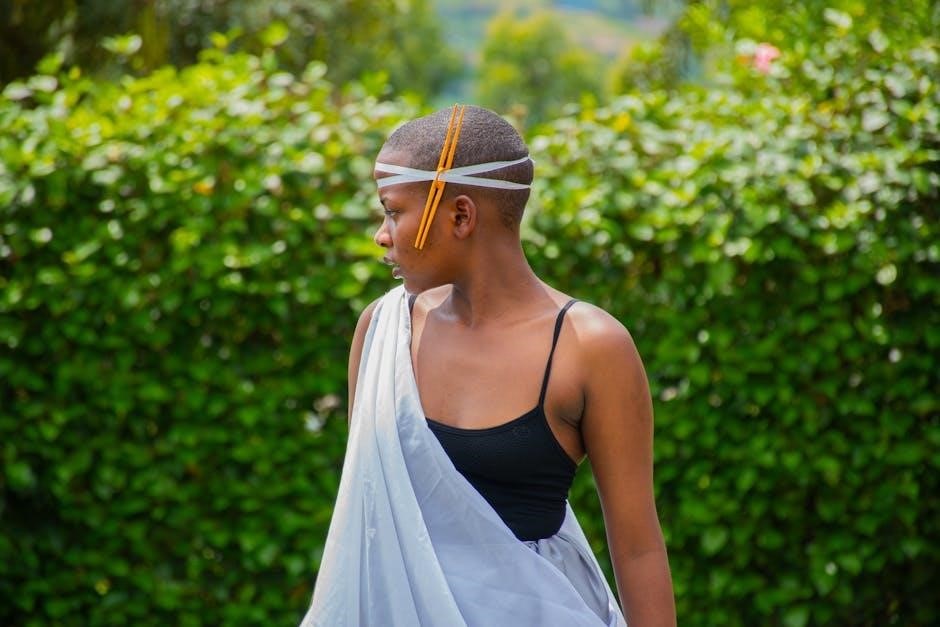
Formal Event Outfits
For black-tie events‚ opt for a tailored tuxedo or a floor-length evening gown. Weddings and galas call for elegant attire‚ such as a well-fitted suit or a sophisticated cocktail dress. Ensure your outfit is tailored to perfection for a polished look. Choose neutral or jewel-toned colors to stand out without being overly flashy. Accessorize with timeless pieces like cufflinks or statement jewelry. Pay attention to grooming—-details like a crisp shirt or sleek hairstyles elevate your ensemble. Confidence and poise complete any formal look‚ making you ready for any high-profile occasion.
Casual Everyday Looks
Mastering casual style is about simplicity and comfort. Start with a pair of well-fitted jeans and a classic T-shirt or sweater. Add a lightweight blazer or cardigan for polish. Sneakers are versatile‚ while ankle boots add a stylish edge. Accessorize with a crossbody bag or minimalist jewelry. Layering a denim jacket over a graphic tee creates an effortless look. Balance comfort with style by mixing basics and statement pieces‚ ensuring your outfit feels both relaxed and put-together.

Seasonal Styling Tips
Adapt your wardrobe to the season with strategic layering‚ color palettes‚ and fabrics. Embrace lightweight fabrics for summer‚ warm textures for winter‚ and versatile pieces for spring and fall transitions.
Summer Outfit Ideas
Beat the heat with breathable fabrics like linen‚ cotton‚ and chambray. Opt for lightweight neutrals‚ pastels‚ or vibrant hues. Pair flowy sundresses with sandals or a graphic tee with shorts. Layer a kimono over a swimsuit for a chic beach look. Don’t forget wide-brimmed hats‚ oversized sunglasses‚ and woven bags for effortless summer style. Experiment with bold accessories to elevate simple outfits. A lightweight scarf or statement jewelry can add a pop of color. Keep it cool‚ comfortable‚ and stylish all season long with these versatile summer looks.
Winter Layering Techniques
Mastering winter layering involves combining breathable base layers‚ insulating mid-layers‚ and protective outerwear. Start with a moisture-wicking base like merino wool‚ followed by a fleece or sweater. Add a waterproof or down-filled coat for warmth. Accessorize with scarves‚ hats‚ and gloves for extra protection. Experiment with textures and colors to avoid a bulky look; Balance proportions by pairing loose layers with fitted pieces. Layering isn’t just about warmth—it’s a styling opportunity to create versatile‚ polished outfits for any winter occasion.
Spring and Fall Transition Outfits
Transitioning between seasons seamlessly requires versatile pieces and smart layering. For spring‚ opt for lightweight sweaters‚ pastel hues‚ and breathable fabrics like cotton or linen. In fall‚ incorporate warm tones‚ textured knits‚ and earthy colors. Layer a trench coat over dresses or pair cardigans with jeans for a chic‚ adaptable look. Mix neutral basics with seasonal shades like olive or terracotta to create outfits that feel fresh yet cohesive. Accessories like scarves and ankle boots add depth without heaviness.
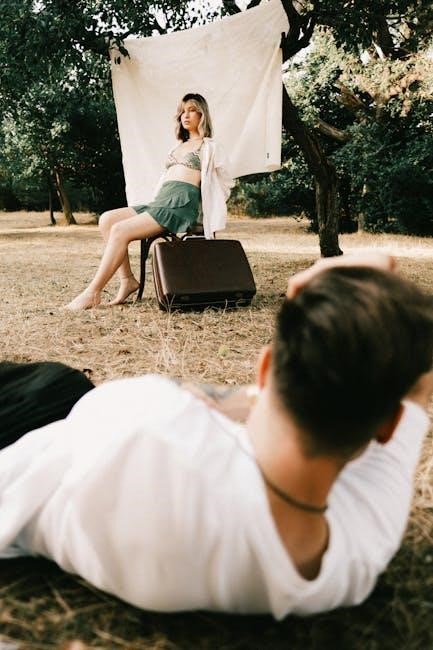
Budget-Friendly Styling
Mastering budget-friendly styling involves investing in timeless pieces‚ accessorizing thoughtfully‚ and embracing DIY modifications to refresh your wardrobe without breaking the bank.
How to Shop Smart on a Budget
Shopping smart on a budget requires strategic planning and a focus on timeless pieces. Start by identifying wardrobe gaps and prioritizing essentials. Shop during sales‚ consider second-hand options‚ and invest in quality over quantity. Avoid fast fashion by opting for versatile items that can be styled multiple ways. Use accessories to elevate outfits without breaking the bank. Mix high-end and affordable pieces to create a balanced look. Finally‚ learn to style older items creatively to extend their versatility.
DIY Modifications for Old Clothes
Breathe new life into old clothes with creative DIY modifications. Try hemming pants‚ adding embroidery‚ or attaching patches for a unique touch. Dye faded fabrics to refresh their appearance or transform old shirts into reusable bags. Upcycle outdated items into accessories like scarves or belts. Cutting or distressing clothes can give them a modern edge. These simple tweaks not only extend the life of your wardrobe but also add a personal flair to your outfits.
Mixing High-End and Affordable Pieces
Mixing luxury and budget-friendly items creates a balanced‚ stylish wardrobe. Invest in timeless high-end pieces like handbags or watches‚ and pair them with affordable‚ trendy finds. This approach makes luxury accessible while allowing flexibility. For example‚ a designer blazer can elevate a simple dress‚ while a high-end watch complements affordable jeans. Balancing quality and affordability ensures a cohesive‚ fashionable look without overspending.